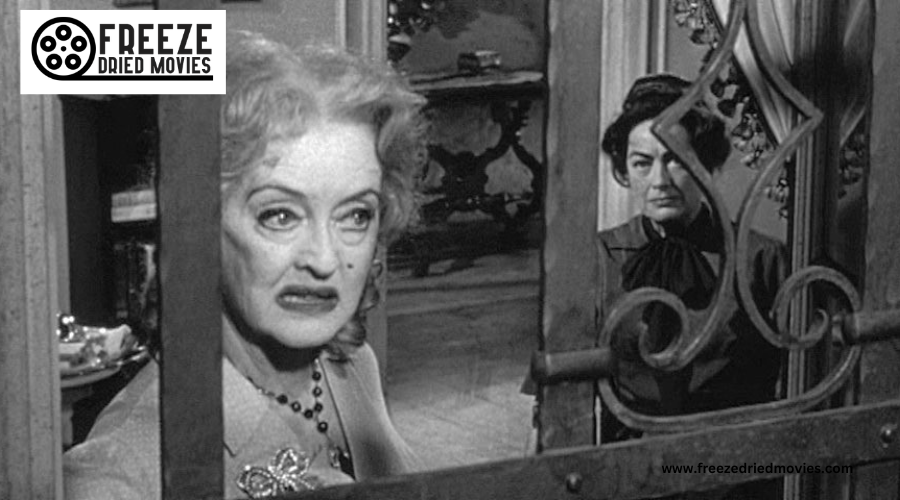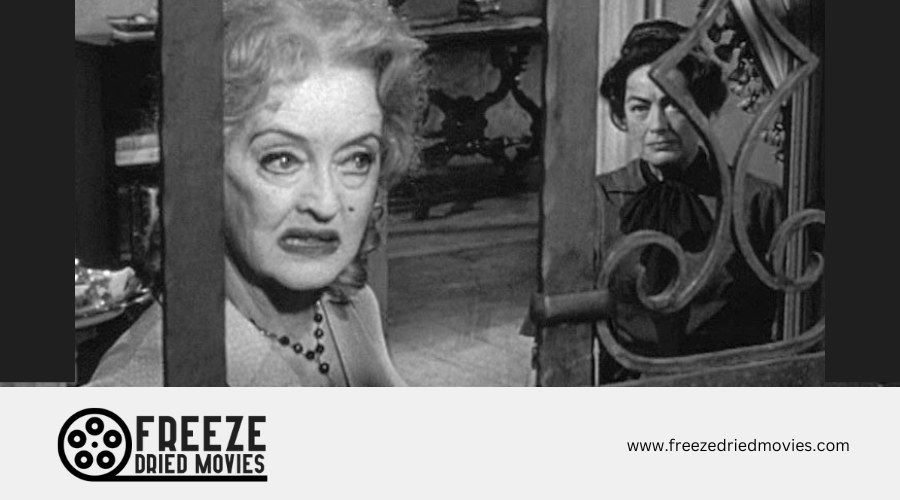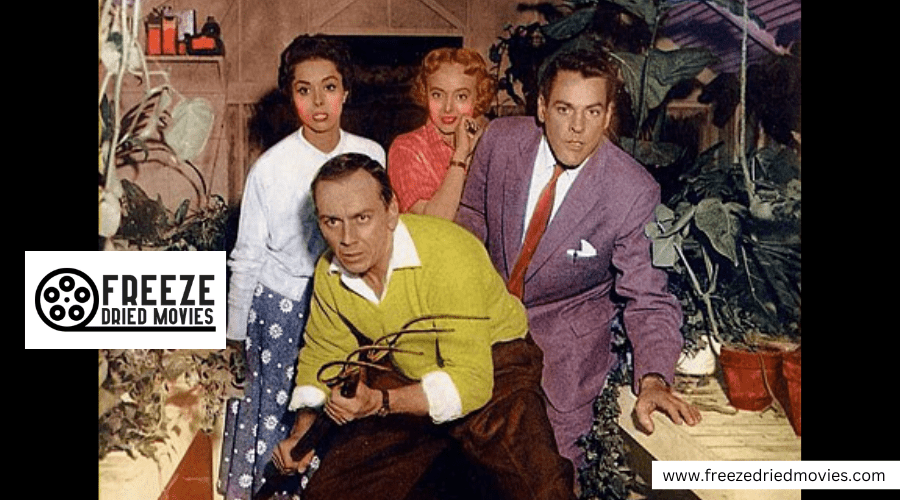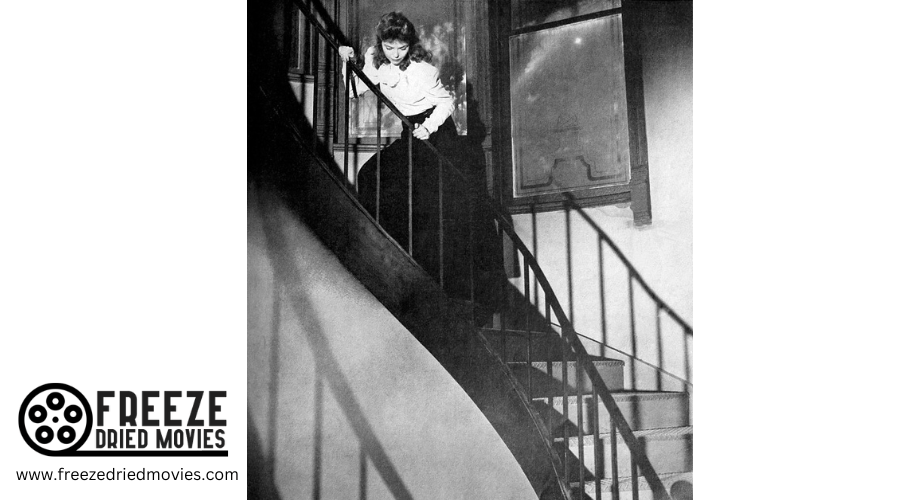1980s Horror Movies: A Golden Era of Fright and Innovation
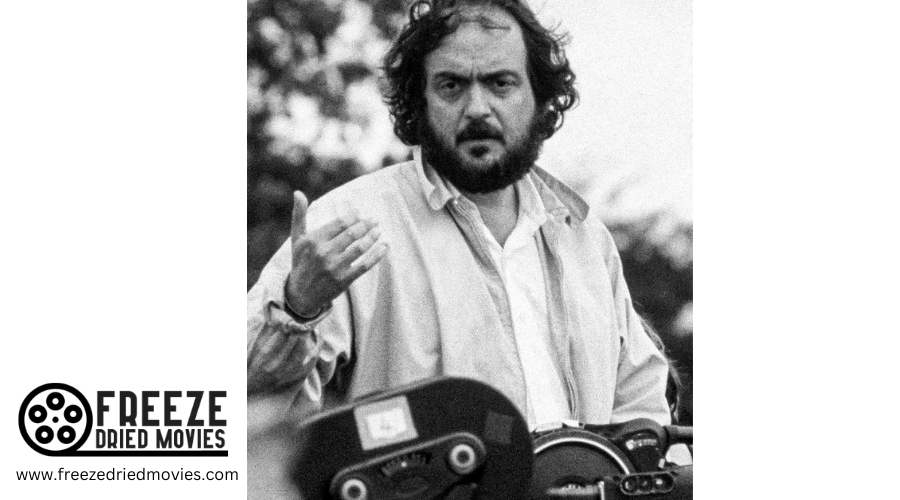
The 1980s marked a golden age for horror cinema. Filmmakers pushed boundaries with innovative practical effects and storytelling techniques. This decade saw the rise of iconic franchises like A Nightmare on Elm Street and Child's Play, which continue to influence the genre today.
Horror movies in the 80s explored a wide range of themes and subgenres. From psychological thrillers like The Shining to body horror masterpieces like The Fly and The Thing, these films tapped into deep-seated fears and anxieties. The decade also saw the emergence of comedy horror, blending scares with laughs in films like Gremlins. With its mix of creativity and cultural impact, 1980s horror left an indelible mark on cinema.
1980s Horror - The Overlook's Terrors
The Shining (1980)
Stanley Kubrick's adaptation of Stephen King's novel stands out as a landmark horror film of the 1980s. The movie takes place at the Overlook Hotel, a remote mountain resort with a dark past. Jack Nicholson stars as Jack Torrance, a writer who takes a job as the winter caretaker, bringing his wife Wendy (Shelley Duvall) and young son Danny (Danny Lloyd) along.
The film's eerie atmosphere builds slowly, with long tracking shots through the hotel's winding corridors and unsettling symmetrical compositions. Kubrick uses the vast, empty spaces of the Overlook to create a sense of isolation and dread. The hotel itself becomes a character, its maze-like layout and bizarre decor reflecting the deteriorating mental state of its inhabitants.
Key scenes that stick in viewers' minds:
- Danny's tricycle rides through the empty hallways
- The ghostly twin girls inviting Danny to "play with us"
- Jack's descent into madness in the hotel bar
- The infamous "Here's Johnny!" axe scene
Kubrick's version differs significantly from King's novel. While the book leans heavily on supernatural elements, the film leaves more ambiguity about whether the horrors are real or psychological. This approach adds layers of complexity to the story, allowing for multiple interpretations.
The Shining's visual style:
| Element | Description |
|---|---|
| Color palette | Muted tones with pops of red |
| Camera work | Steady, gliding Steadicam shots |
| Set design | Grand, ornate, yet unsettling |
| Lighting | Harsh, unnatural illumination |
Jack Nicholson's performance as Jack Torrance is iconic. He portrays Jack's spiral into madness with increasing intensity, shifting from a frustrated writer to a maniacal threat. Shelley Duvall brings a nervous energy to Wendy, while Danny Lloyd's portrayal of young Danny is both innocent and eerily knowing.
The film explores themes of:
- Isolation and cabin fever
- The cyclical nature of violence
- The dark side of American history
- Family dysfunction
Kubrick's meticulous attention to detail is evident throughout. Every frame is carefully composed, and seemingly insignificant elements often carry deeper meaning. This level of craftsmanship invites repeated viewings, with fans still discovering new details decades later.
The Shining's influence on horror cinema:
- Popularized the "haunted hotel" subgenre
- Set new standards for atmospheric tension
- Inspired countless homages and parodies
- Became a touchstone for psychological horror
While not an immediate critical success, The Shining has grown in stature over time. It's now regarded as one of the greatest horror films ever made, with its imagery and quotes deeply embedded in pop culture.
The movie's memorable score combines existing classical pieces with original compositions by Wendy Carlos and Rachel Elkind. The music adds to the film's unsettling tone, from the ominous opening theme to the screeching strings that accompany moments of terror.
Kubrick's perfectionism led to a grueling production. The shoot lasted over a year, with countless takes for even simple scenes. This exhaustive process took a toll on the cast, particularly Shelley Duvall, but resulted in a film of exceptional technical quality.
The Shining stands out among 1980s horror for its restraint. While many films of the era relied on explicit gore and jump scares, Kubrick creates fear through suggestion and slowly mounting dread. This approach gives The Shining a timeless quality that continues to chill viewers today.
Inside Out: Body Horror
Flesh and Technology Merge
View this post on Instagram
"The Fly" reimagines the 1958 film with a focus on gradual bodily transformation. Jeff Goldblum plays Seth Brundle, a scientist working on teleportation. During an experiment, his DNA fuses with a fly's. At first, Brundle gains superhuman abilities. But soon his body starts to decay and transform. He loses human features as insect traits take over. The film tracks his slow, horrifying change from man to fly-creature. The makeup and effects vividly depict Brundle's metamorphosis. Scenes of shedding skin and oozing fluids push the limits of what audiences can stomach. Geena Davis co-stars as Brundle's girlfriend, witnessing his gruesome change. "The Thing" pits humans against a shape-shifting alien in Antarctica. The creature can absorb and copy any living being. As it infiltrates the research team, paranoia spreads. No one knows who is human and who is alien. The film's practical effects create unforgettable scenes of body horror. Human forms split open and transform in grotesque ways. Heads detach and sprout legs. Chests become gaping maws full of teeth. Kurt Russell leads the cast as helicopter pilot MacReady. His gruff performance anchors the mounting dread and distrust. The isolated setting adds to the claustrophobic atmosphere. These films pushed body horror to new extremes in the 1980s. They used cutting-edge effects to show bodies warping in ways never seen before. The visceral imagery still shocks viewers today. The 1980s saw a big change in how people watched scary movies. VCRs let folks enjoy horror flicks at home, away from theaters. This new freedom worried some adults. They feared kids might see gory films without anyone stopping them. Many teens loved these movies for their gross-out scenes. They talked about which ones had the most blood and guts. Some old, shocking films from the 1970s came back on video. Movie companies put out ads showing the worst parts to get people excited. Kids could watch these tapes over and over. With many parents working, some children were home alone after school. They could rent any movie they wanted, even the scary ones meant for adults. In the UK, people got very upset about these horror videos. Newspapers called them "nasty" and said they were bad for kids. The movie makers kept making violent films because adults were buying them. The British government made a new law in 1984 to control what videos could be sold. This was the first big change in UK movie rules since 1737. Some people were happy about this, but it didn't really stop teens from watching the movies. They just got them in secret. Now, 40 years later, it's hard to see why people were so worried. Today's teens can see much worse things on their phones anytime they want. One movie that stood out was "The Evil Dead" from 1981. It was made by young guys without much money. The film became famous for a very scary scene that many thought went too far. "The Evil Dead" is still remembered today, while most other "video nasties" have been forgotten. The 1980s saw a surge in horror movie sequels. This trend was fueled by the rise of home video. Fans could now watch their favorite films over and over. They paused, rewound, and replayed key scenes. Movies became more than fleeting experiences. They turned into objects to own and display. Horror icons grew familiar. Fans formed strong bonds with these characters. This shift changed how people viewed horror films. Movies were no longer just memories. They sat on shelves, ready to watch at any time. In the 80s, movie fandom became a way to show identity. People wore t-shirts, carried lunchboxes, and bought toys of their favorite horror characters. These items let fans say, "This is who I am." The home video market created a hunger for more content. Movie makers rushed to meet this demand. They made sequel after sequel. Some were good, others not so much. But fans often embraced them all, like members of a family. Wes Craven's "A Nightmare on Elm Street" launched a major franchise in 1984. The film's villain, Freddy Krueger, became an icon. He was different from other horror movie killers. Freddy didn't just lurk in the shadows. He cracked jokes while he terrorized his victims. Freddy's look was unique. He wore a striped sweater and a battered hat. His face was badly scarred. This made him perfect for merchandise. Fans could buy Freddy t-shirts, board games, and even snow globes. The "Nightmare" series kept going because people wanted more Freddy. Each new film added to his story. Fans got to know him better with each sequel. This made them feel closer to the character. "Child's Play" hit screens in 1988. It gave horror fans a new villain to fear: Chucky. He was a doll possessed by a killer's spirit. Chucky was small but deadly. He also had a wicked sense of humor. Chucky was part of a horror movie trend. He mixed elements from different eras. He was like the evil kids in 1970s horror films. But he also fit with the serial killers popular in 1990s movies. Chucky's smart remarks hinted at the self-aware horror films that would come later. The "Child's Play" series showed that horror could be fun and scary at the same time. Fans loved Chucky's one-liners as much as his kills. This balance helped the series last for many years.Man Becomes Insect
Alien Imitation
Horror on Home Video
Protecting Young Minds
New Rules for Videos
The Evil Dead
Sequels Galore: When One Isn't Enough
Home Sweet Home
A Nightmare on Elm Street (1984)
Child's Play (1988)
Further Reading

